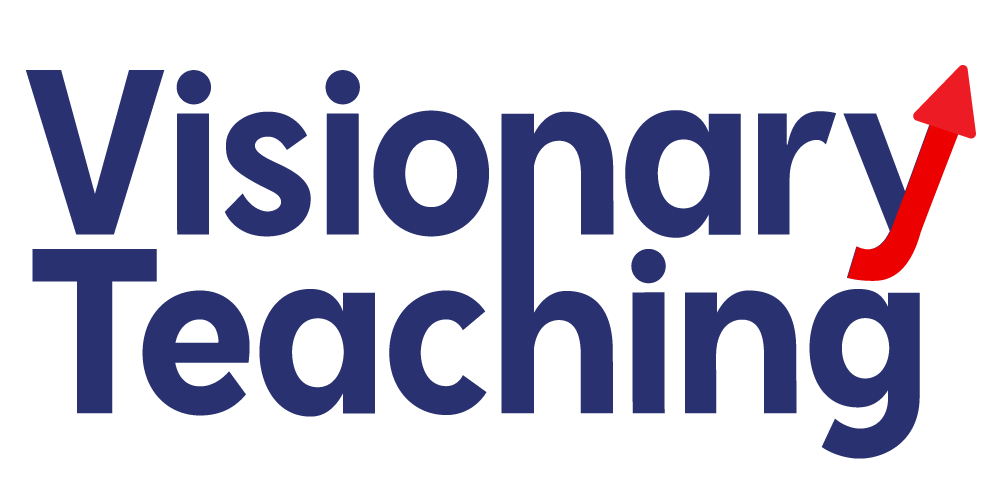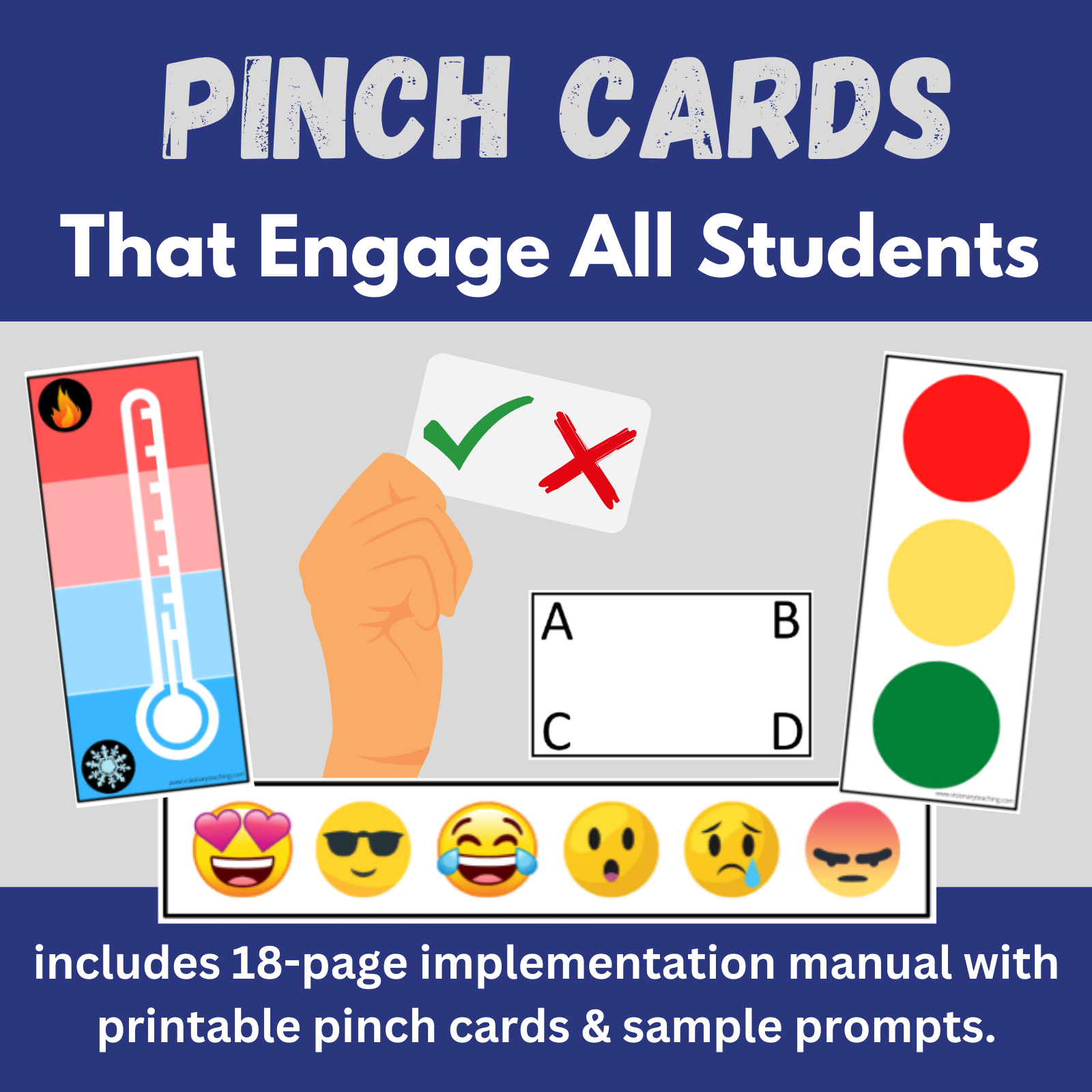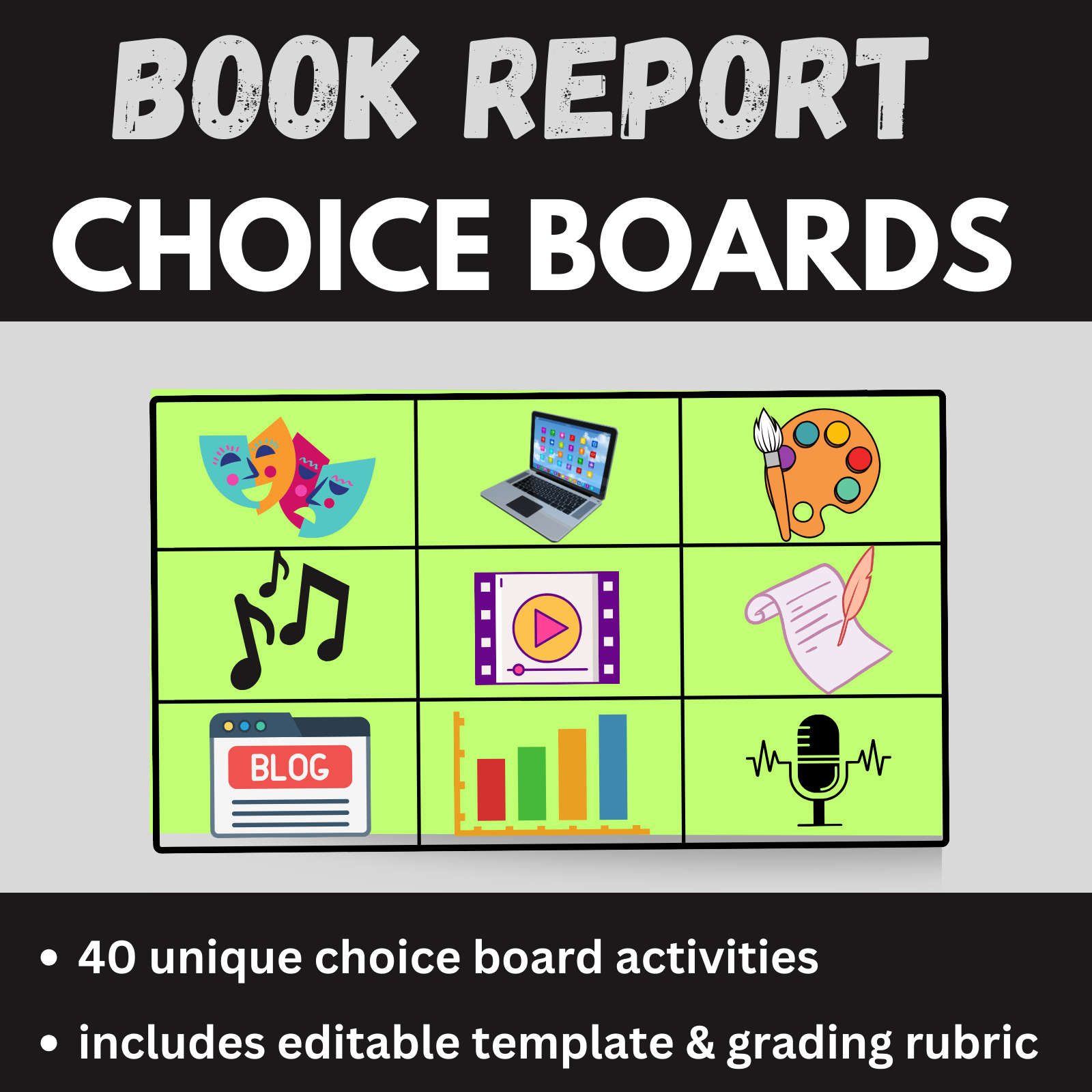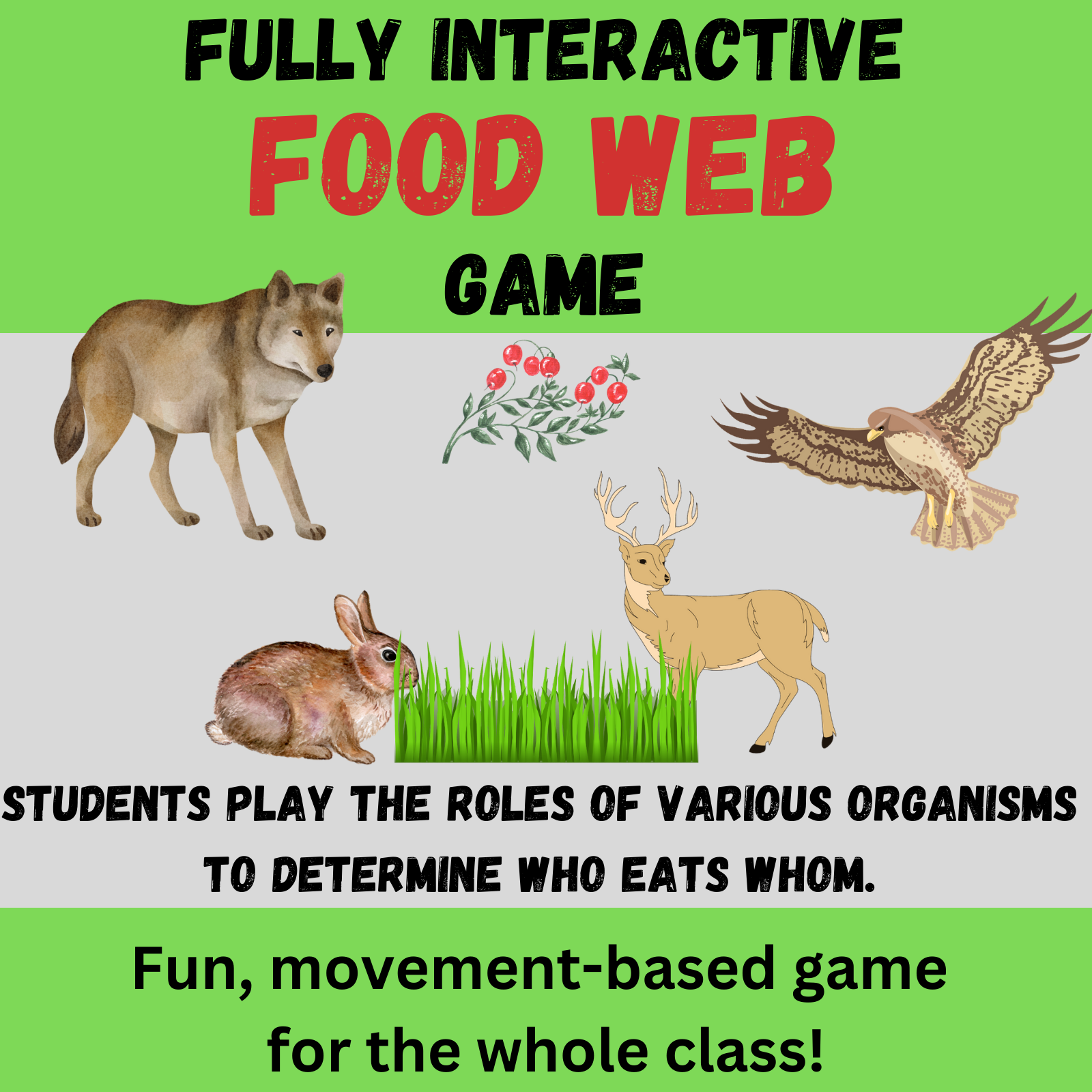
Some of the most common New Year’s resolutions involve personal goals such as losing weight, getting better organized, or learning a new skill. These are all admirable. What about New Year’s resolutions for teachers? Many of the educators that I know are constantly thinking of how to improve their practices. We have chosen this profession because we love it, so it goes without saying that we want to be great.
In the spirit of continual growth, I am offering 21 potential New Year’s resolutions for educators; presented in 3 parts and in no particular order. Give these ideas some consideration. Or perhaps you have already picked out your own resolution. Regardless, I recommend that you focus on one or two areas for growth and give it/them your best effort.
1) Offer your students more opportunities to make choices.
How frequently do you give your students choices? That is a very broad question. Choices might be given in how students are engaged, how students take in new information, or how students share what they have learned. These three tenants describe the concept of Universal Design for Learning.
We know that giving choices to students does a number of important things. First, it increases engagement, which is essential to learning. Students who get some say in how they learn tend to stay actively engaged longer and are more likely to retain what they have learned. Opportunities to make choices also help students develop self-determination skills.
Here are some examples of how you can integrate student choice into your teaching practices:
Choice of materials- If students are writing, let them choose their implements (pencil, pen, crayon, keyboard. etc.). For self-selected reading, offer opportunities to choose from a number of text types (novel, newspaper, blog post, brochure, comic book, etc.). Math manipulatives might include toys, checkers, gummy bears, coins, baseball cards, or any other small items of interest. You may also want to look into the benefits of flexible seating.
Choice of format- There is a serious academic debate about the merits of learning styles. What is clear, however, is that some students will be more engaged in learning when they get to choose how they do it. Think about yourself for a moment. If you have a difficult household repair to complete, what do you do? Do you read an article about it? Do you watch a YouTube video about it? Do you call a friend for advice? Why shouldn’t students have similar options when learning? Further, if we don’t offer plenty of ways for students to take in new information while they are young, how will they ever figure out what works best for them?
Choice board assessments- Choice boards offer a number of pre-determined options for students to select as a means of demonstrating mastery of an academic skill. It allows them to incorporate their strengths and interests into their work. Perhaps they will choose to take a written test, but many will jump at the chance to explore other options.

Will you make a resolution to increase opportunities for your students to make choices?
Remember that when you offer choices you are teaching two different things. Obviously, you are helping students learn academic content. Perhaps more importantly, you are helping them develop essential skills such as problem solving, self-awareness, and autonomy.
2) Praise students for their effort, rather than for their talent.
Carol Dweck’s study of praise and student mindset has been a game changer for me. She found that students who are praised for talent tend to develop a fixed mindset and are reluctant to take academic risks. On the other hand, students who are praised for effort are more likely to develop a growth mindset and enjoy being challenged. Here is a wonderful summary of the research:
When I first learned about this concept, I had a strong reaction. Of course! This makes so much sense. Why didn’t we, as educators, think of this before? Wait a minute…I need to do better when I am praising my students, my soccer players, and my own child!
Will you make a resolution to be more aware of how you praise your students?
The internet is full of lists that tout a variety of ways to praise kids. In my experience, most of the suggestions out there are in line with Carol Dweck’s work. Channel Mum offers 100 great ideas.
I think that you are awesome for working so hard to consider how you praise your students!
3) Add some new brain breaks to your repertoire.
Brain breaks are short activities that are designed to improve student focus and attention. They are typically unrelated to your academic content and require some combination of physical movement and problem solving. A great brain break improves blood and oxygen flow to the brain, helping students remain focused when you return to your lesson.
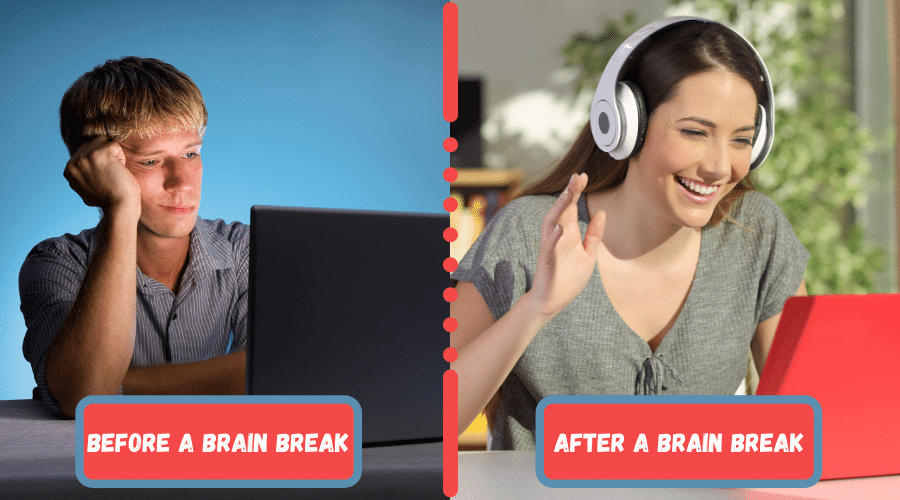
My observation is that the most popular brain breaks are dance videos. Many teachers use YouTube or Go Noodle to show short music videos that encourage students to stand up and move. There is nothing wrong with this type of brain break, but there are other options available; options that don’t require a computer. There are also options that may be more age respective for older students. (Yes, high school students benefit from brain breaks, too!)
Here are some great brain break ideas:
- for younger learners
- for older students
- for virtual learners
I absolutely love to use the scavenger hunt activity as a combination brain break/bathroom break!
Will you make a resolution to adopt some new brain breaks for your face-to-face or virtual learning?
Don’t worry about taking a few minutes away from your content instruction to invest in your students’ attention spans. Low energy and glassy-eyed stares will let you know when it is time. Above all else, make brain break time something that your kids will look forward to.
4) Make your lessons fun for your students and for yourself.
Teaching can be stressful enough during the best of times. Add in a worldwide pandemic and the ever-changing nature of our profession and it would be understandable if teachers lost sight of the joy of teaching.
These videos are not directly related to teaching, but the concept can be easily applied. Notice how the producers are able to significantly increase desired behaviors simply by making an everyday task more fun. Give some thought to how you can change things up and make your lessons more fun.
It is ok for teachers to enjoy themselves, too. In fact, if you are having fun, it creates a positive and joyous atmosphere for all. Here are some simple ways to make a lesson more fun for students and teachers:
- incorporate your passions/hobbies
- gamify your instruction and/or assessment
- dress up as characters and use props
- offer small group projects
- introduce all 5 senses into lessons when possible
- teach thematically
- utilize objects to engineer curiosity
- act silly to recruit attention
Will you make a resolution to plan instruction (virtual or face-to-face) that is fun?
Don’t confuse being fun with being unprofessional or ineffective. You didn’t become a teacher for the fame or fortune. Somewhere along the way you decided that you really enjoy teaching. Don’t lose sight of that. Your students need you!
5) Use books with diverse characters.
Think about your favorite childhood storybooks. Would you say that those stories featured a diverse cast of characters? Were there characters who were similar to you?
Angela Ackerman talks about the importance of inclusivity and perception. Inclusivity prescribes that the characters in the texts that we use should be as diverse as our students. Diversity can include, but is not limited to, differences in race, ethnicity, culture, religion, ability/disability, and socioeconomic status. When children are able to see that characters who resemble them are included and accepted within the narratives of their stories, they may grow up with an expectation that they should be included.
Perception is equally important, as media can be a powerful factor in helping people form beliefs and ideas. If minority characters are consistently marginalized or vilified in stories, then unfair perceptions may form.
Avoid the temptation to play to the majority. If you only have one African American female student, then you need to have books featuring African American girls in your rotation. The same applies for your one student who is deaf, or your one student who was adopted, or your own student who is Jewish.
Will you make a resolution to ensure that all of your students feel represented in their reading materials?
A quick Google search will uncover hundreds of book lists for various demographics. Here are a few:
- Business Insider has a list of storybooks featuring protagonists of color.
- Rebekah Gienapp published a great list of books that have characters with disabilities.
- Buzzfeed offers a list of young adult novels featuring diverse characters.
- We are Teachers recommends these titles with LGBT characters.
- Today’s Parent suggests some books that teach about socioeconomic differences.
All children deserve to feel represented in their books and other learning materials. With thoughtful selection of reading materials, you can incorporate lessons on diversity and inclusivity into your literacy instruction.
6) Show empathy and grace to families.
One of the biggest concerns that I have heard from teachers over the past several months is related to parental involvement during virtual instruction. Some teachers are finding that parents are too helpful- eavesdropping during lessons and helping too much during assignments, tests, and quizzes. Other teachers have noted a lack of parent involvement to the point that some students have yet to show up for a single virtual class.
These two examples are obviously at opposite ends of the spectrum, with the vast majority of families existing somewhere in between. One of the best pieces of advice that I have heard is for us to assume that everyone else is dealing with at least as much stress right now as we are.
There is no way to know what families are dealing with right now. They may be directly affected by COVID, facing financial struggles, or experiencing mental health issues. For others, it may be an issue of not having, or not knowing how to use, the technology needed for virtual participation.
Here are a few suggestions to make things easier for families during virtual or hybrid instruction:
- Minimize graded assessment. Every activity does not need to receive a score.
- Try to utilize common household items so parents don’t need to buy extra materials. (Here is a great way to get kids to collect materials during virtual instruction.)
- Avoid giving extra homework. Kids are already in front of a screen all day long.
- Praise parents for their efforts.
- Be flexible!

Will you make a resolution to keep the potential struggles and needs of families in mind as you set your expectations?
This is a fine line for educators to walk. We are being asked to offer rigorous and effective instruction, while being extremely flexible to the wants and needs of all of our students and families. Sometimes there might not be a perfect answer. At the end of the day, however, it is never a bad idea to show others empathy and grace.
7) Give yourself permission to say no.
Here is an absolute truth: Great teachers who work hard and get results are often rewarded with extra responsibilities.
Here is another truth: If you are not happy and healthy, you will not be as effective in your job.
It is hard for most teachers to say no. Our desire to help others is what called us to this profession. That’s why this may be one of the simplest, yet most difficult New Year’s resolutions for teachers.
The best advice that I can give is to prioritize your professional goals and be sure that you devote enough time and attention to those pursuits. If you are asked to take on a new responsibility that does not align with one of your prioritized goals, then find a polite way to say no. I know that this probably goes against your core beliefs, but you need to reserve your time, attention, and brain power for teaching your students.
Will you make a resolution to be at peace with saying no?
These are a few potential New Year’s resolutions for teachers. Are you already excelling in some of these areas? Great! Give yourself a well-deserved pat on the back.
Did one of these ideas resonate with you? Select a goal for the coming year and focus on improving a bit each day.
Parts 2 and 3, featuring a total of fourteen more potential New Year’s resolutions for educators, will be published in the coming days. In the meantime, enjoy a well-deserved break!
